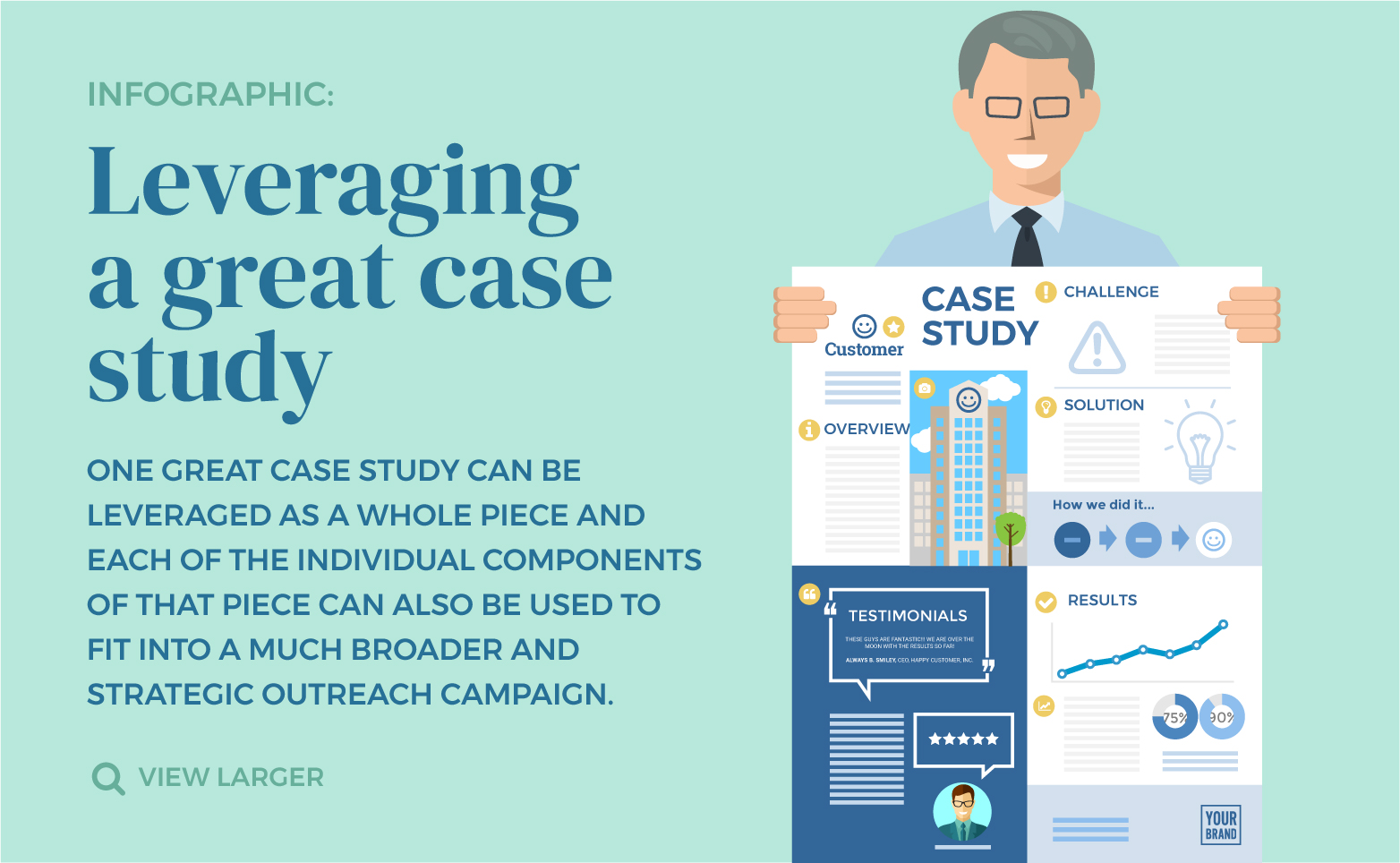The Power Of Social Proofing
Who better to tell your company’s story than your own customers?
Human beings are social by nature . . . well, most of us are!
We look at what other people are saying and doing in any given situation and base our decisions on what we observe, especially when the situation is unfamiliar or novel. This is the “social proof” phenomenon. In the context of marketing and advertising, it means your target audience takes cues from your own customers.
What are your customers saying about your product or service? What story are they telling, and what are you nurturing?
A positive story—or even a negative story turned positive via excellent customer service—can be a significant driver in influencing a buying decision. For that to happen, you must make the story known. And when you make it known, you turn it into social proof that sells.
Social Proof In Action
In our competitive world—everyone vying for your target market’s attention and dollars—the key to success is differentiation. This is where social proof will set you apart.
Here are a few well-known examples:
- What do readers on Goodreads have to say about that bestselling thriller?
- What do shoppers on DSW.com say about those fabulous heels?
- What do the epicureans of Amazon say about that waffle iron you need want?
Your customers’ paths to loading their shopping carts (whether virtual or not) are just about the same everywhere you look – even for high-end goods and services that require longer sales cycles than do the latest thriller, a pair of heels, or waffle iron.
It’s why Consumer Reports, Angie’s List, Yelp, and the Better Business Bureau exist.
Use Effective Testimonials To earn Trust And Persuade.
The most effective testimonial is in the customer’s own words. Keep it simple. Be direct. Keep it honest.
Testimonials demonstrate and validate your company’s proven track record of meeting or exceeding your customers’ expectations. From the perspective of social proof, this can help prospective customers feel more comfortable doing business with you.
Here’s what to do:
- Add testimonials to your website in strategic places for maximum impacts, such as on your homepage, and sprinkled throughout your products and services pages—bonus points for testimonials that are as specific as possible to individual offerings.
- Make it easy for customers to provide a testimonial, reinforcing a positive experience, and strengthening the relationship. (In some cases, it’s also an opportunity for customers to showcase their own companies.) You will find that loyal clients, in turn, refer others
Leverage Case Studies To Win Business
Case studies are unique in the way they combine storytelling with providing information relevant to your business. The purpose of a case study is to tell the story of how your business solved problems or challenges faced by a customer.
Key elements of a case study include:
- Customer Overview – Begin with an introduction that features the customer – after all, it’s all about them. Describe the company, size, location, product/service offering, and the general business landscape.
- Current Situation – Identify the problems or main challenges experienced by the customer, express how big of a concern the problem is, the impact this may have on their business, and the competitive nature of solving it effectively.
- Solution – Describe the relationship between you and the customer. How long have you been doing business together? Explain the steps and process in which you addressed their challenges by utilizing your products or services. Providing an accurate image of how you can solve problems will resonate with other organizations facing the same challenges.
- Results – Summarize the story with simple statements that highlight your company’s positive impact on the customer. Whenever possible, quantify the outcomes in a way that conveys the power of the results.
Showcase your customer stories on a dedicated page – call it “Success Stories” or “Our Customers” for
example – that makes it easy for visitors to find.
A One-Two Punch: Combine Testimonials & Case Studies
A case study can have many forms and should be used in as many mediums and channels as possible.
As just one example, you can leverage components from the case study with a short video that summarizes it (which capitalizes on the growing number of people who prefer video to text). There are seemingly endless ways to highlight the voice of the customer. And don’t forget to share your case studies and testimonials in other communication channels, such as on LinkedIn, Facebook, and Twitter, as well as in email marketing, newsletters, and sales presentations.
Contact NobleRock Creative Today
Satisfied customers are one of your greatest marketing tools. Be sure to use their positive feedback and experiences to create new satisfied customers for your business. If you need help in harnessing the power of your customers’ experiences, call on NobleRock Creative.
Thoughtful Strategies | Meaningful Solutions

